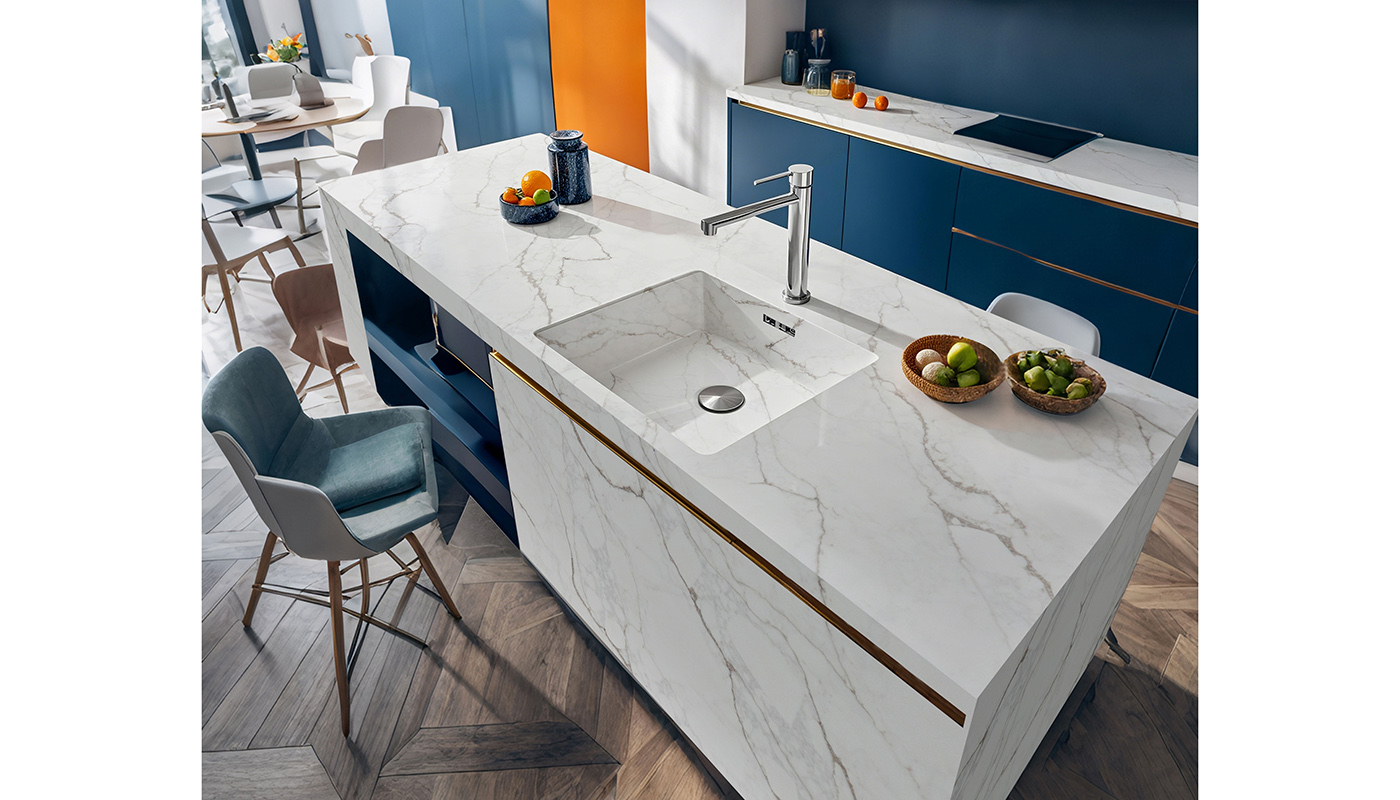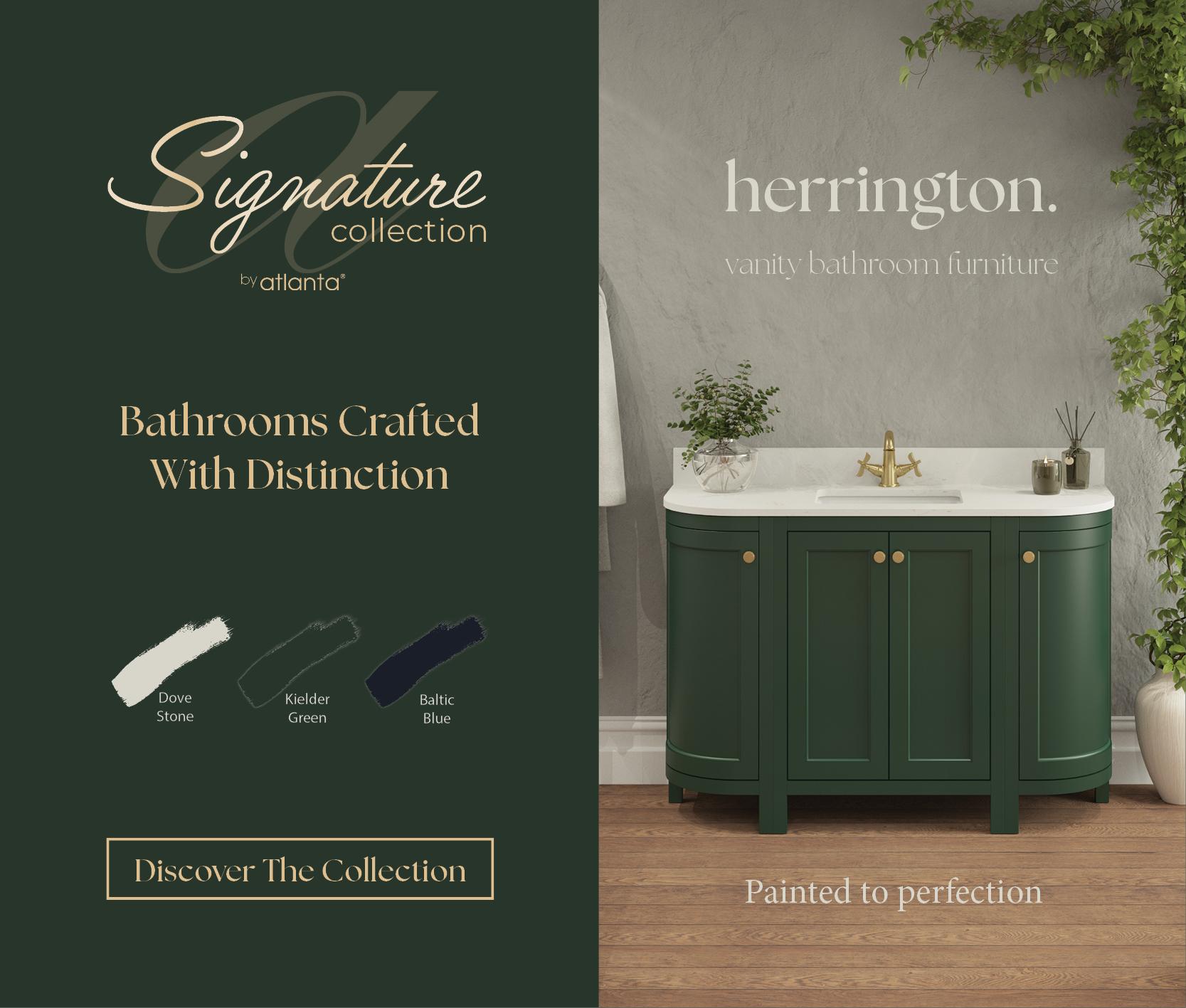Tom Reynolds – What is the secret to making us all use 20% less water?

Tom Reynolds – What is the secret to making us all use 20% less water?
So what will using 20% less water look like? Bathroom Manufacturers Association chief executive Tom Reynolds looks at the latest details to come from Defra on its water targets.
A step-change in environmental protection is being heralded by Defra, according to its latest proposals on water targets. The open consultation refers to a water demand reduction target linked to the Environment Act 2021, to decrease the use of water in England, per head of population, by 20% against a 2019/20 baseline.
While the main focus of the consultation appears to be restoring water wildlife, the plans also outline an expectation that an extra 4000million litres is required by 2050, and that two thirds of this will be met by demand reduction. This target will be vital in driving action towards the 110 litres per person per day we need to meet by 2050, as set out in the National Framework report. And it adds more pressure to the current water-saving requirements placed on manufacturers and construction in general. The overarching ambition is to leave the environment in a better state than it was found, promising of legally binding long-term environmental targets, which successive governments will implement to ‘protect and enhance our natural world’.
For years, Government has been consulting on different ways to reduce personal water use, and now we are finally seeing movement on targets and action. As with the aforementioned consultations, BMA welcomes this recent move by Defra, and the plans for a new water demand target under the Environment Act 2021, however, we still believe there is much further to go. Officials want water labelling on all water-using products including taps, showers, WCs, and appliances, and regulation will be developed subsequently. BMA and its members are actively engaging and contributing to this endeavour. But a 20% reduction in water consumption is not within the gift of the policymakers alone. Getting the regulatory and policy framework right is laudable, but we must give more consideration to how we all behave.
Our water consumption is continually increasing, and the pandemic demonstrated the wide range of different meanings and values attached to water at different times. Whether it was increased personal hygiene, public health settings, outdoor spaces supporting mental wellbeing, or our gardens being used to host our social lives, our relationship with water is a complex and constantly changing dynamic.
To better tap in to those societal motivations and habits, we must raise the profile of water scarcity in public consciousness. It is clear from both BMA and member research that the public are not connecting the dots between water and energy efficiency, and they are not considering sustainability when they think of a desirable bathroom. We need large-scale campaigns involving public authorities, water companies, bathroom retailers, designers and manufacturers, to raise awareness of the importance of water and the role everyone plays in protecting it.
Tags: insight, features, tom reynolds, bathroom manufacturers association, bma, defra, water efficiency, sustainability


























